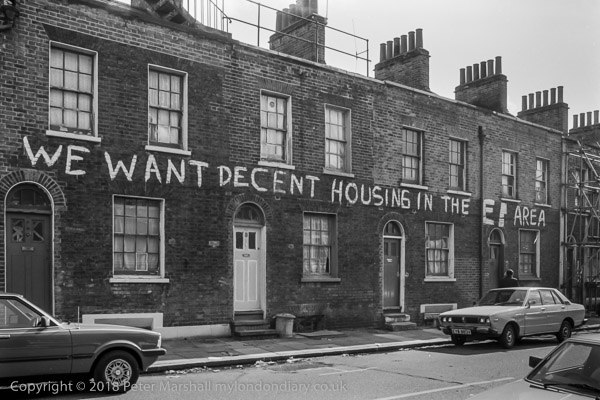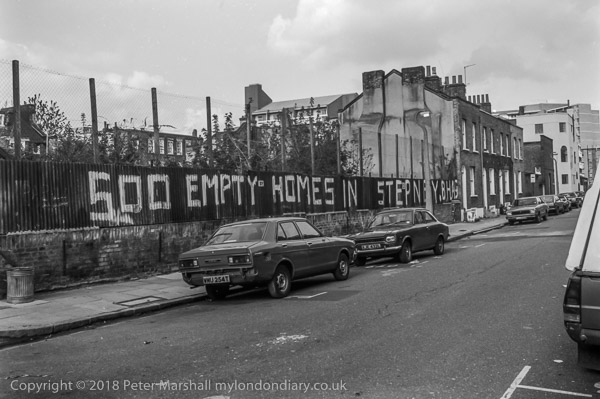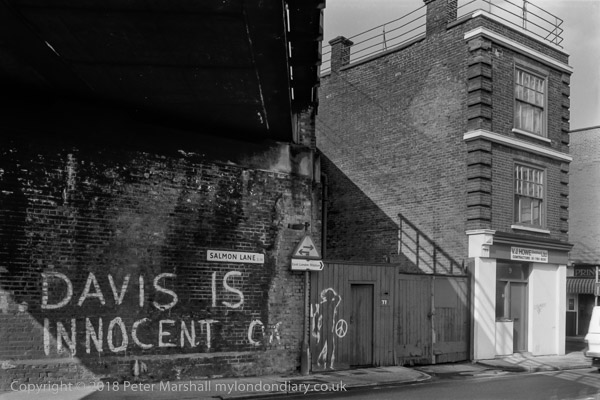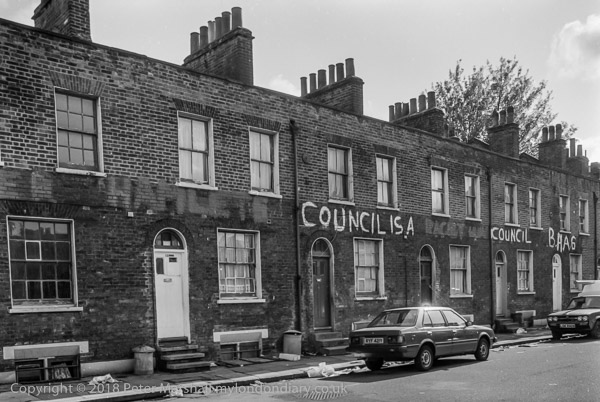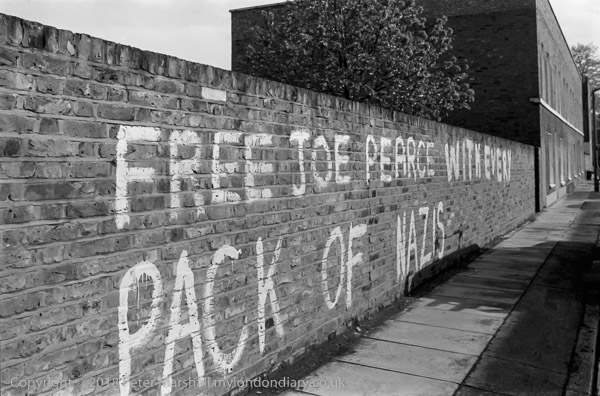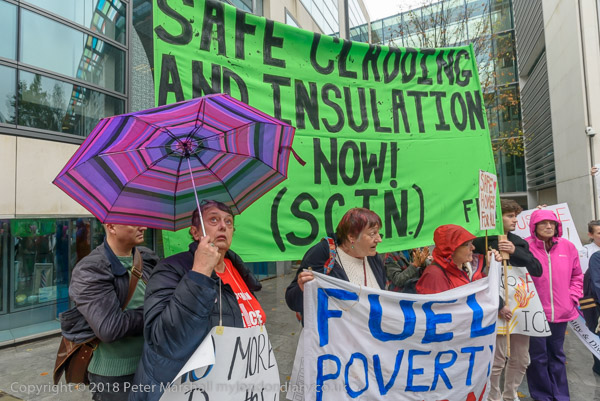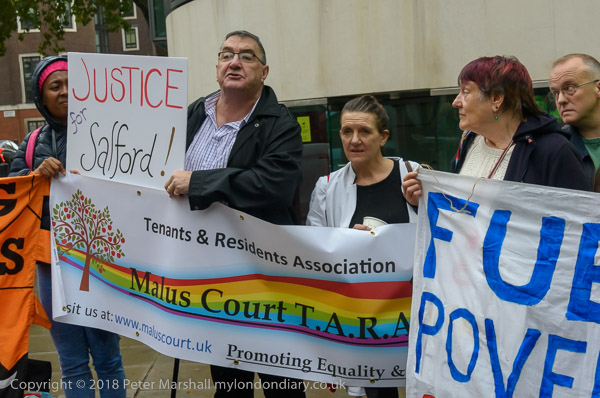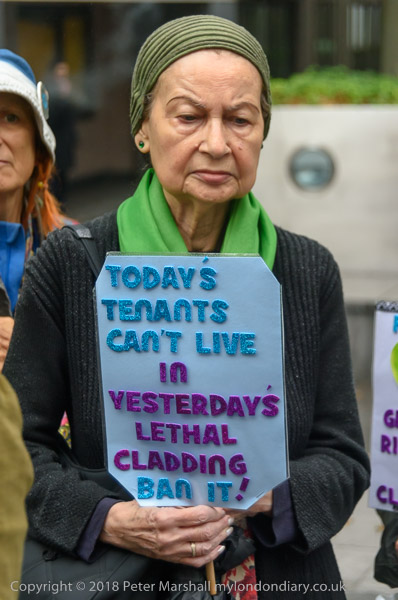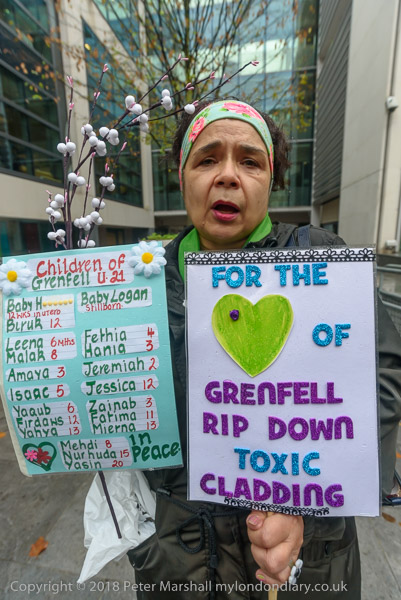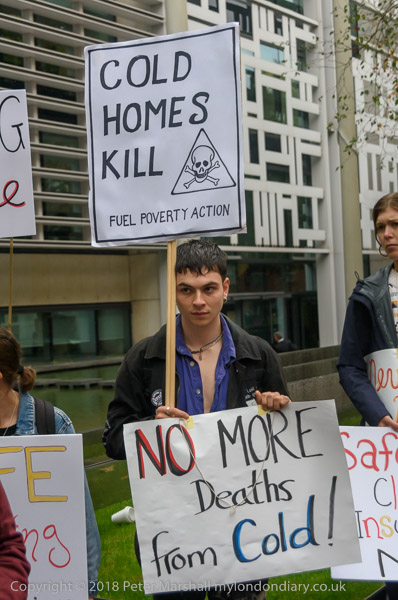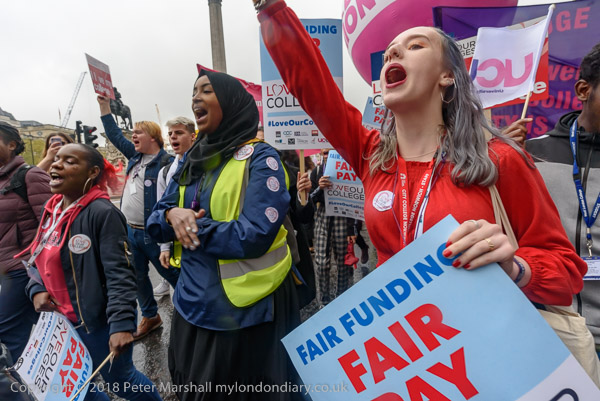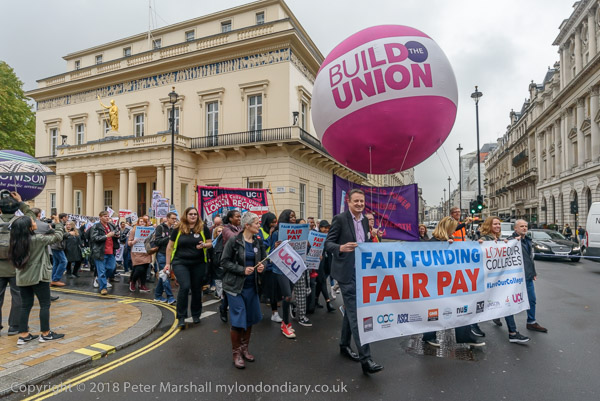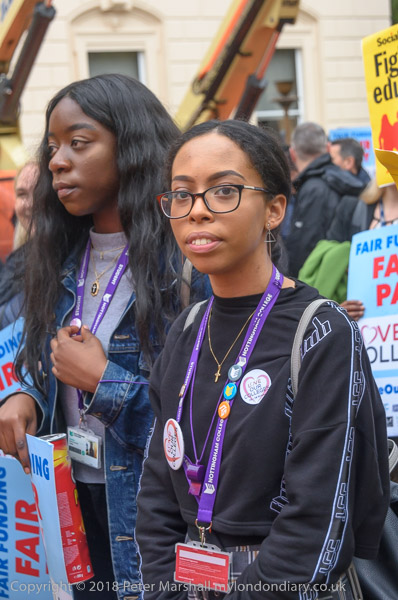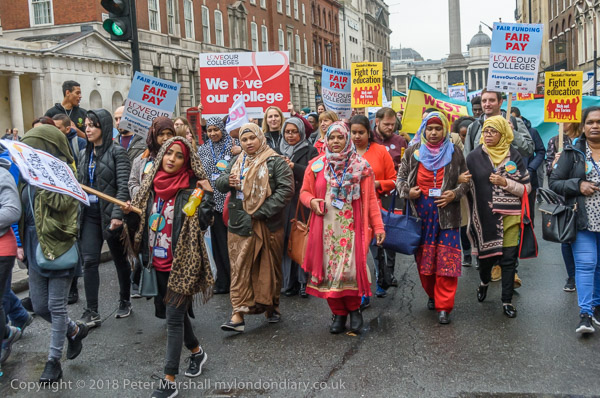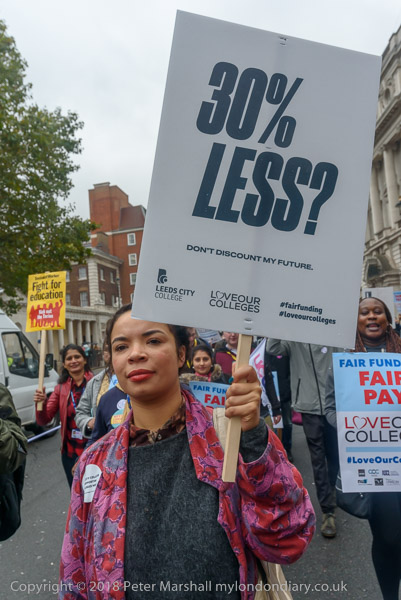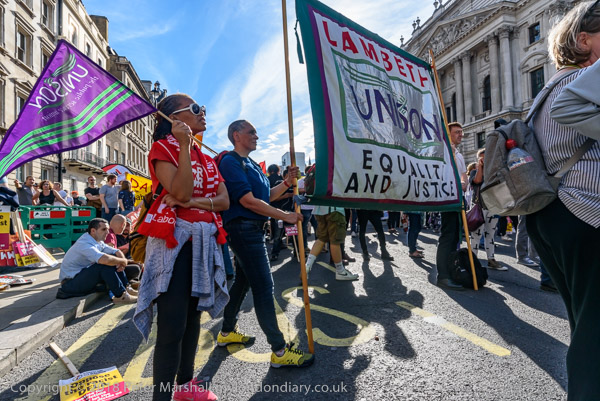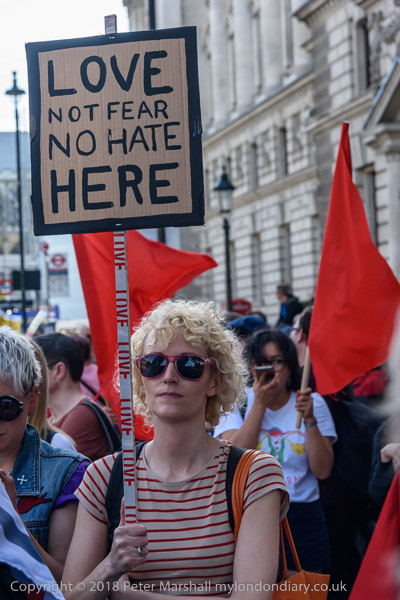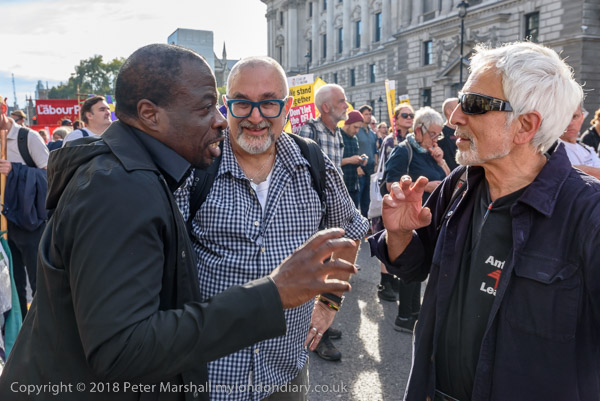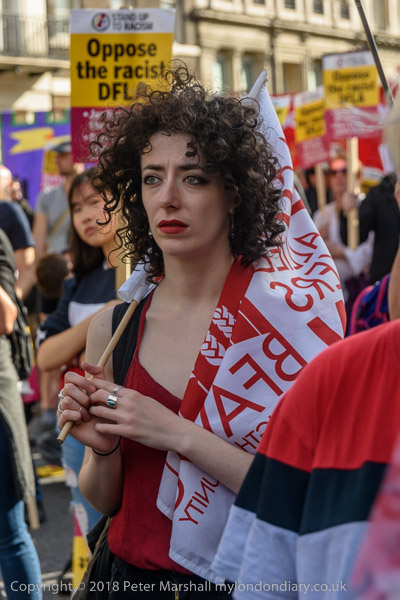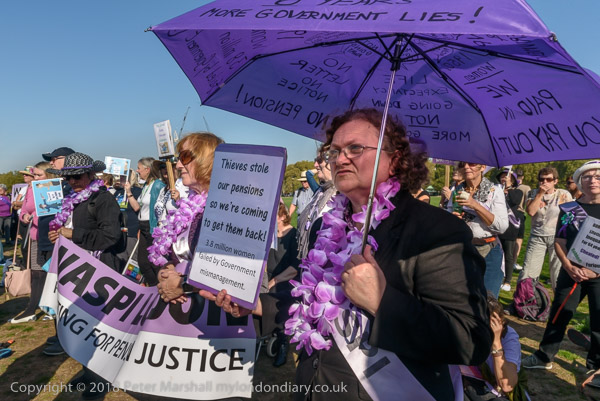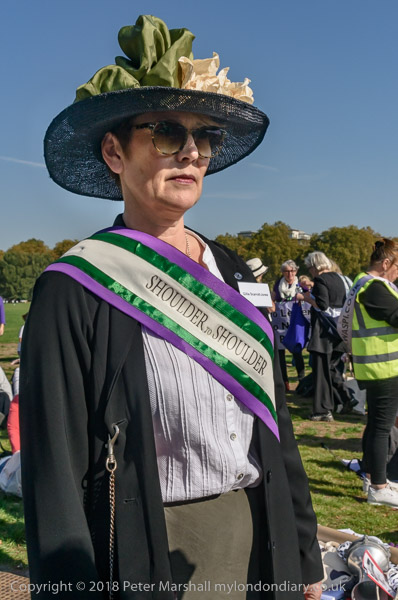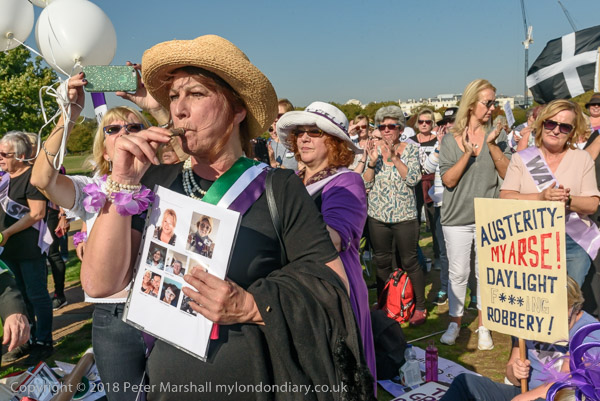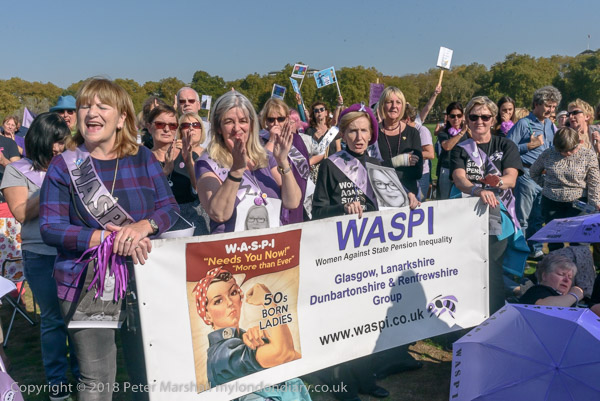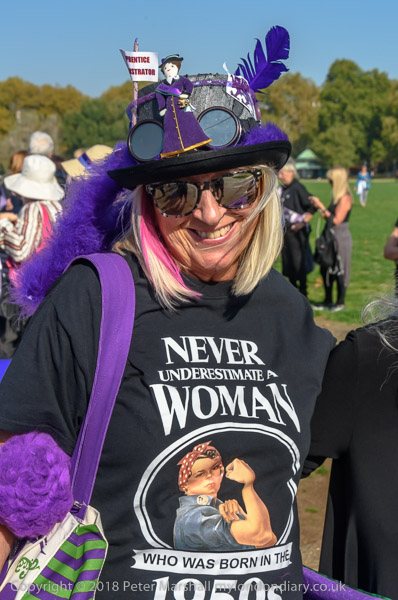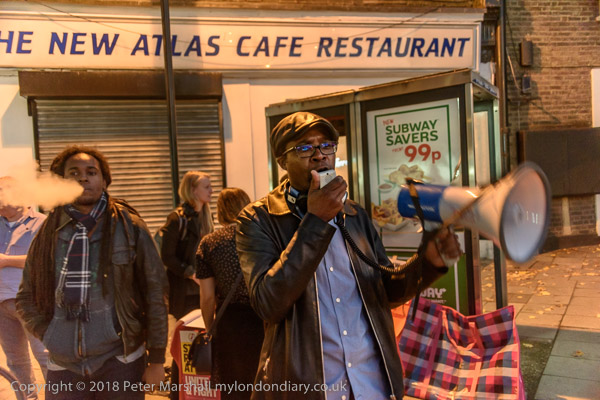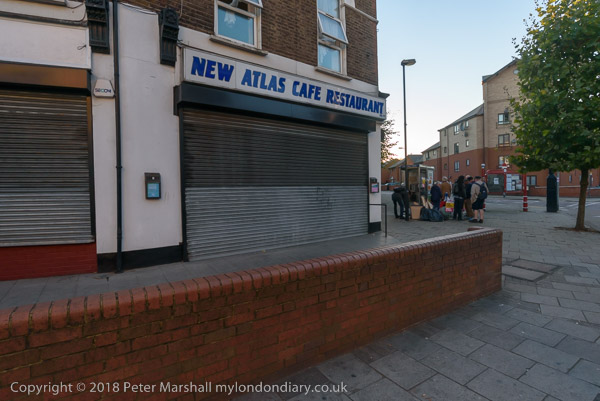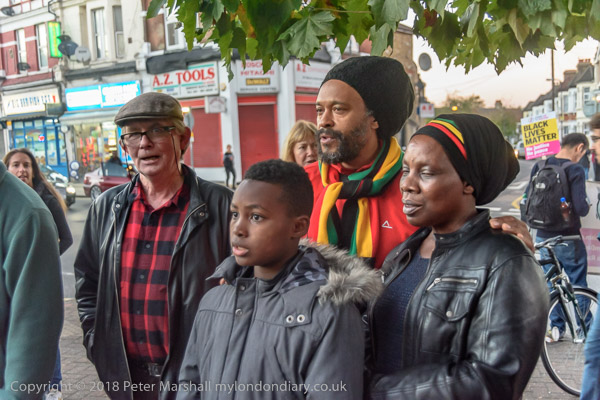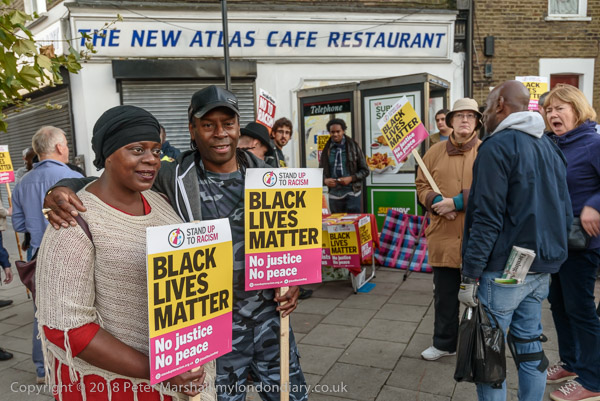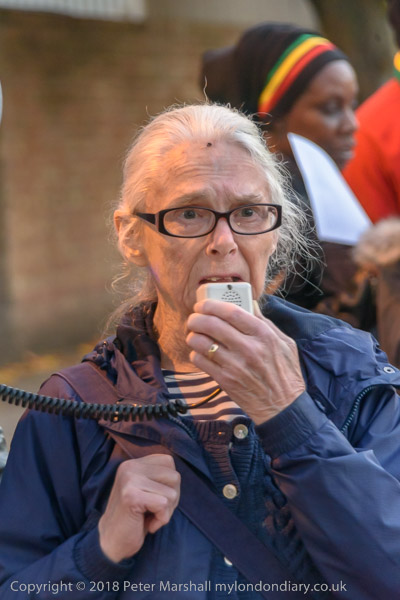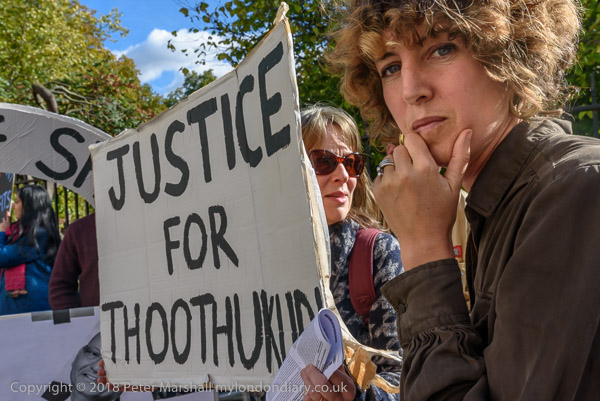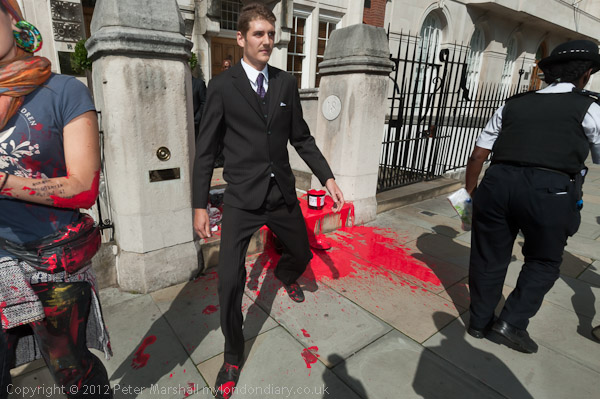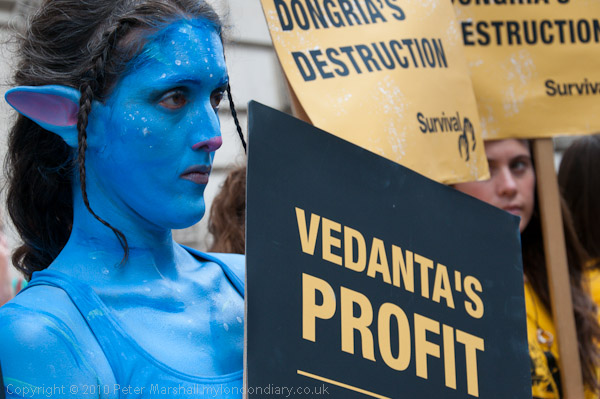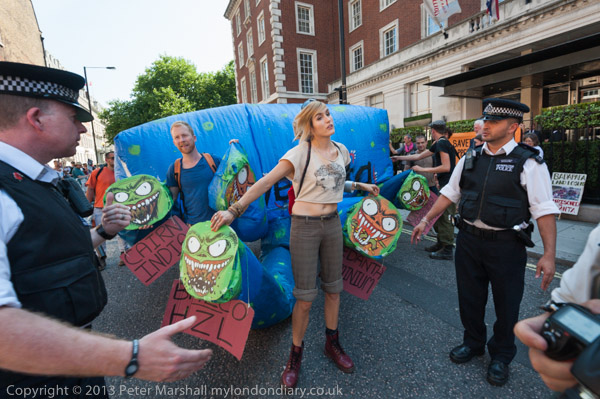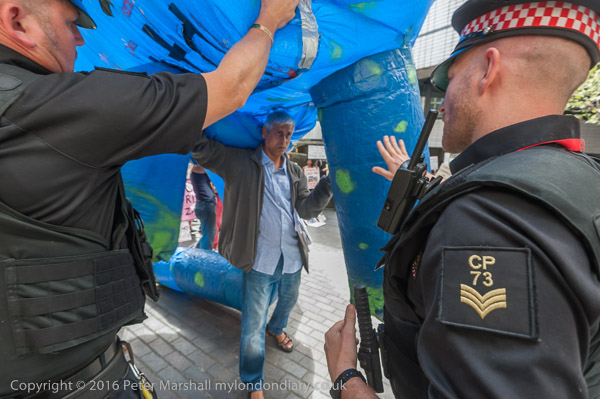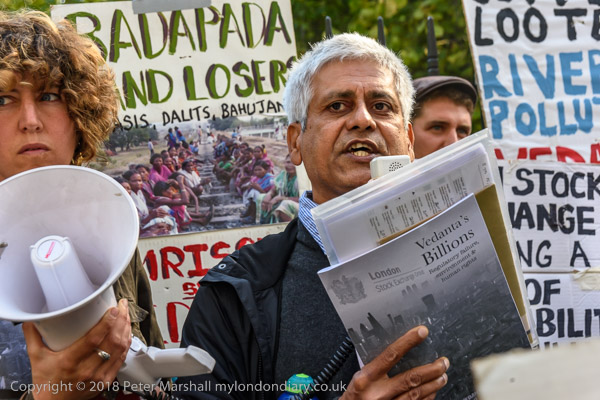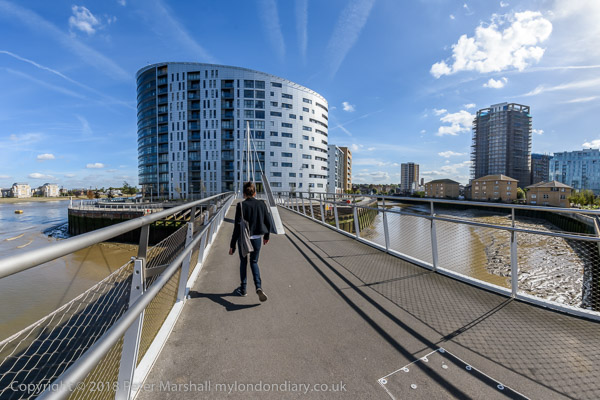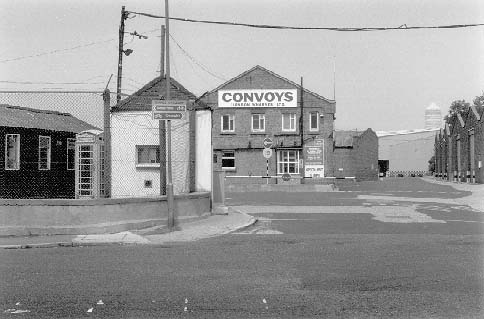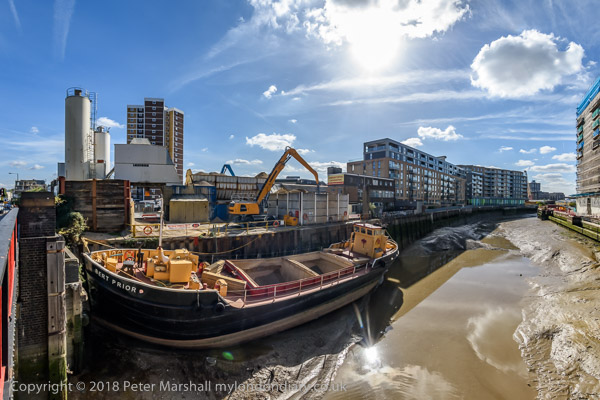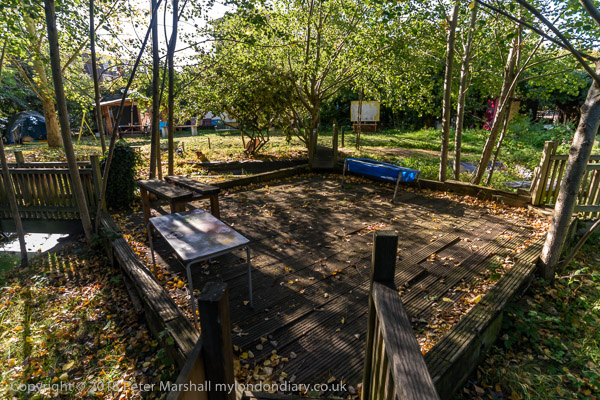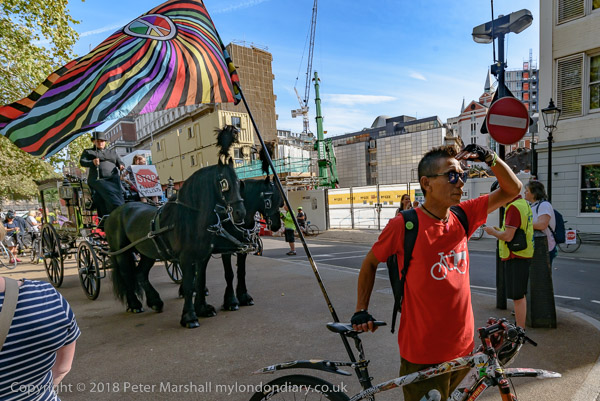
Cycling is an inherently safe and healthy mode of transport; what makes it dangerous in some places are massive chunks of metal moving at high speeds, often with poor awareness of the surroundings and occasionally driven without proper care. Bad road design, badly designed vehicles and a few bad drivers.
Getting more people cycling would make an important contribution to our national well-being, cutting the huge amount of air pollution caused by traffic, particularly in cities such as London, where air pollution causes almost 10,000 early deaths each year with a much greater number suffereing from pollution-related health problems. It would cut the admissions to hospitals, reducing the pressure on the NHS.
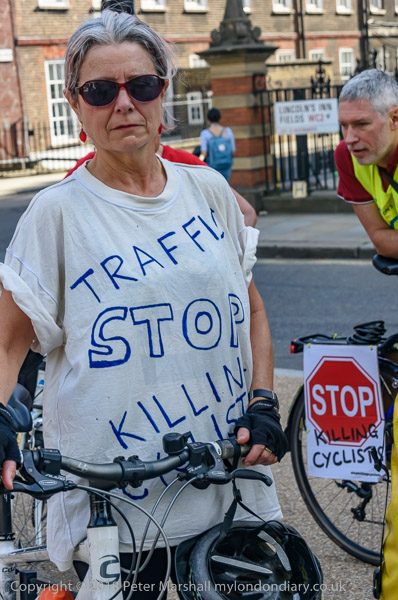
For those who cycle, the healthy exercise involved gives even greater health benefits – though these are somewhat reduced by the filthy air in our cities. It also has financial benefits, providing by far the cheapest form of transport other than walking. And for many journeys of short to moderate length it can be the fastest way to go, particularly as there are few problems with parking a bike.
Even more important for many is the reliablity. When I cycled to work I could rely with almost certainty in getting there in somewhere between 12 and 15 minutes; colleagues driving a similar journey might occasionally do it a minute or two faster, but at least once a week would be delayed by traffic and take twice as long as me or more.
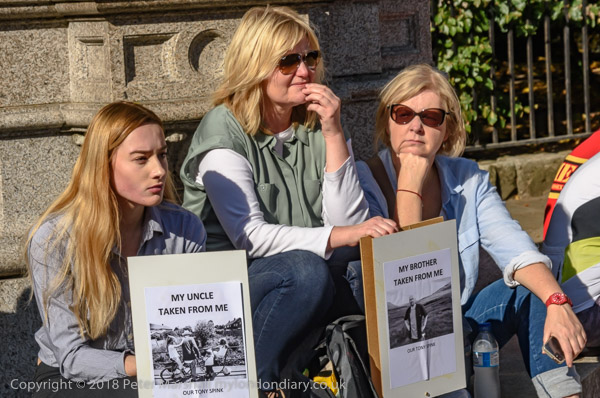
Once in 20 years I did get delayed, when hit by a car coming out from a side road who failed to see me, and a handfull of times by punctures and mechanical faults, though I think these happened less often than with most drivers. And there were a few days when heavy snow made both cycling and driving impossible and I and drivers had to walk (though they often gave up and stayed home.)
The major reason people give for not cycling is that they don’t think it is safe. Even many people in cities who have bikes only use them recreationally, perhaps on footpaths or towpaths, some taking them by car to places where they can cycle away from traffic.
The widespread use of cycle helmets has added to people’s fears about safety, while also making cycling rather less convenient. They may marginally improve a cyclist’s chance of avoiding head injuries in some collisions (the evidence isn’t entirely clear and is certainly disputed) but provide little real protection. They are certainly not an answer to the problem we have of safety, and most cyclists who are killed or badly injured were wearing helmets.
On busy routes we need far more provision of high-quality cycle routes protected from traffic. Much of what we already have – virtually all in my local area – is so badly designed that few cyclists use it, with ‘give way’ signs every few yards making it impracticable. Simply having marked cycle lanes also seldom works as too many vehicles park in them.
‘Stop Killing Cyclists’ calls for a large investment in safer facilities for cyclists, but it would be an investment that would bring dividends both financially and in terms of well-being, particularly for those new cyclists it would bring onto our streets but also for the rest of us, pedestrians, cyclists and drivers.
Of course there are other things that are also needed to improve safety for all road users, but particularly for pedestrians, cyclists and motorcyclists who do not have a large metal box to keep them safe. Better road design with safety rather than vehicle speed at its heart, better vehicle design, particularly in terms of all-round visibility, lower (and enforced) speed limits particularly on minor roads and backstreets…
And education and some changes in the laws. We have a Highway Code – and it is being revised, hopefully to make it safer for pedestrians and cyclists, but there are many areas that are either widely unknown or widely ignored by many drivers (and of course by some cyclists.)
Getting more people to use bikes would hopefully improve driver attitudes to cyclists, who too many drivers seem to see as obstacles to overcome rather than fellow road users with the same right to be on the highway as they have. Too many drivers pass cyclists where there is not safe room to do so:
(Rule 163: give motorcyclists, cyclists and horse riders at least as much room as you would when overtaking a car)
Many speed past me only a few inches away, often breaking the speed limit to do so, only to have to brake a few yards on when they catch up with other cars or to turn left ahead of me, slowing so I have to brake. Of course this kind of competitive attitude to driving also extends to their behaviour to other drivers, encouraged by advertising, car magazines and petrolhead TV programmes. Somehow we need to move away from a steering wheel inspiring too many to think they are Lewis Hamilton.
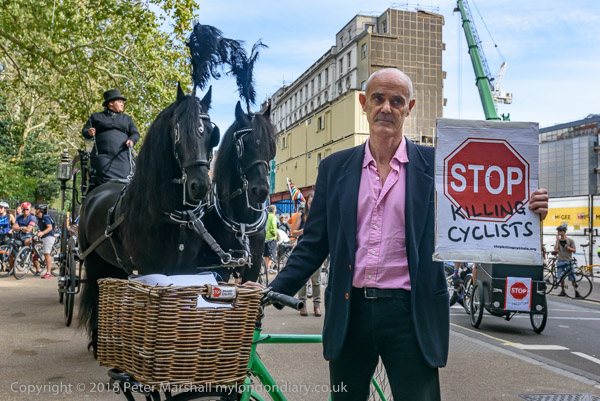
Oh yes, the protest. The ‘National Funeral for the Unknown Cyclist’ organised by Stop Killing Cyclists started its procession in Lincoln’s Inn Fields, marching behind a very smart horse-drawn hearse to a die-in in front of the Houses of Parliament.
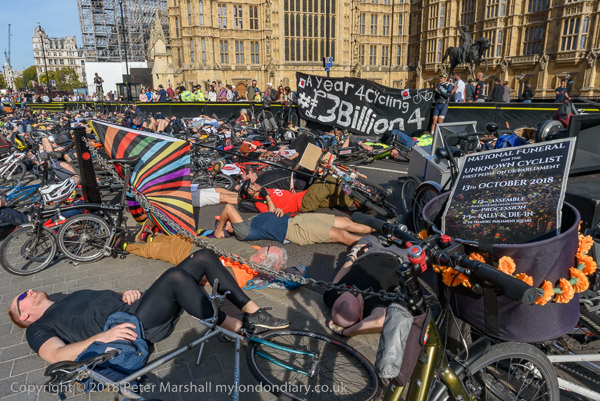
It had to change its planned route to Parliament as right-wing ‘football lads’ were holding a rally in Whitehall supporting ‘Tommy Robinson’ over his contempt of court which could have led to a trial of pedophiles being abandoned, and there was also a protest against them, so Whitehall was blocked. These rival protests meant the ‘funeral’ it was seen by far fewer people and greatly diminished its chances of any coverage in the media. And it also meant that I left it before the rally in Smith Square.
You can see more pictures and text at
National Funeral for the Unknown Cyclist
______________________________________________________
There are no adverts on this site and it receives no sponsorship, and I like to keep it that way. But it does take a considerable amount of my time and thought, and if you enjoy reading it, a small donation – perhaps the cost of a beer – would be appreciated.
My London Diary : London Photos : Hull : River Lea/Lee Valley : London’s Industrial Heritage
All photographs on this and my other sites, unless otherwise stated, are taken by and copyright of Peter Marshall, and are available for reproduction or can be bought as prints.
To order prints or reproduce images
________________________________________________________
